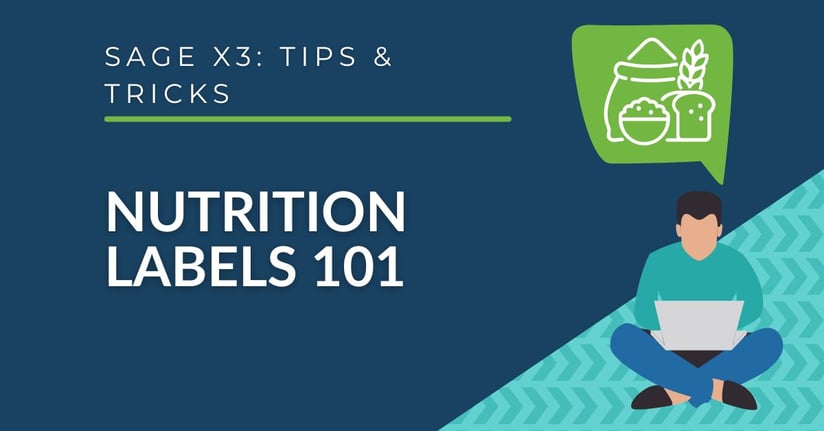Nutritional labels first appeared on food products in 1994 while the revised 2016 Food Package Nutrition Labels made it easier for customers to be more aware of what they are consuming, and for suppliers to do a reformulation so healthier selections can be made.
There are two federal agencies responsible for regulating these nutritional panels; the US Department of Agriculture (USDA) and the US Food and Drug Administration (FDA). Within the USDA, the Food Safety and Inspection Service (FSIS) issues policy, guidance, nutritional labeling, and memoranda regarding food products.
Each agency focuses on certain food products:
The FDA sets the rules for: |
The USDA Sets the rules for: |
|
|

In addition to nutritional fact panels, FDA Label Requirements are designed to provide consumers with clear and concise food information to improve dietary choices and promote healthy lifestyles. Food labels can also include up to 12 pre-approved FDA health claims about the relationship of ingredient consumption regarding benefits or potential risks. Food Labels must clearly identify:
- Common name of the food
- Net quantity of contents
- Ingredients list
- Name and location of the manufacturer, packer, or distributor
- Nutritional information

Every reputable business management solution designed for food and beverage industry includes the ability to manage ingredients, plan production, and manage traceability. However, the management and maintenance of food labels is commonly an add-on solution. RKL has partnered with LabelCalc to solve the food label challenges of our clients and the broader community, whether you’re using Sage or another business management solution.
Head over to our nutrition label page and check out the blog "4 Easy Steps in Creating Nutrition Labels" to learn more about streamlining and automating the process of creating your food labels.




